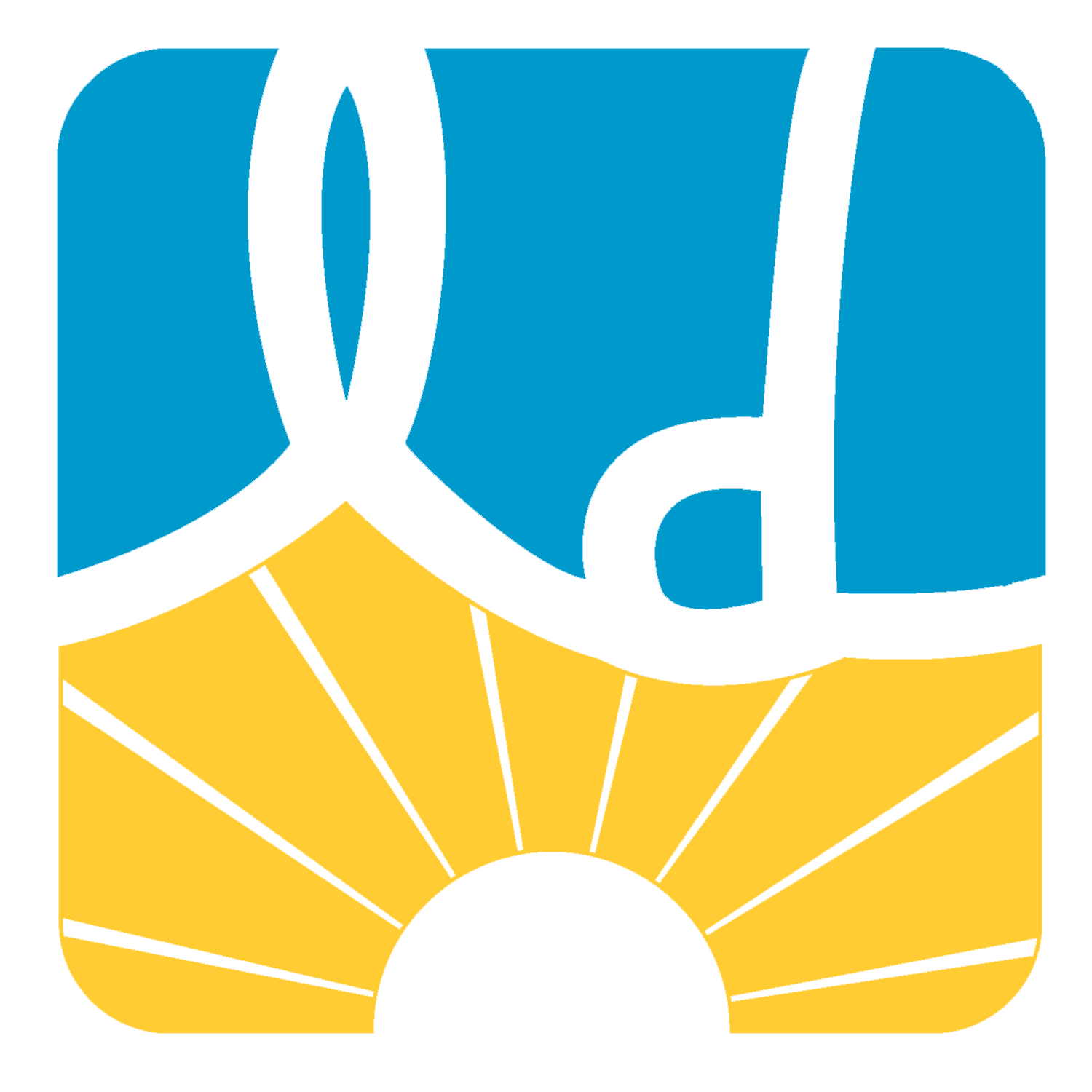Learning Dreams is Creating a New Learning Model for the 21st Century
Written by Dr. Jerry Stein
This is Dr. Jerry Stein’s second contribution to the University of Minnesota College of Education and Human Development Vision 2020 Blog.
We all reside in a widespread learning ecosystem where some of us thrive and some of us merely survive. In nearly every community there are untapped learning possibilities within that ecosystem that consists of local organizations and individuals which together create a culture of learning outside of schools that inspire educational success within families. My studies and research at the University of Minnesota College of Education and Human Development (CEHD) have shown that when families succeed, students can achieve. This is the foundation of the Learning Dreams program we introduced in last week’s blog. I believe this model provides an important link to closing the achievement gap with a focus on families to ensure a strong foundation for learning in the home and community, leading to student achievement in schools.
Connecting Families to A Culture of Learning Takes “Sole”
The learning ecosystem includes homes, community centers, libraries, museums, businesses, employment centers and other institutions that play key roles as learning resources. Making the connection with all families, however, has been a challenge for these learning resources. Why? Lack of transportation, inability to pay fees, limited free time, limited access to childcare, lack of flexibility in program delivery, and cultural barriers are some of the obstacles that prevent families from taking advantage of the rich learning opportunities in their local communities. That’s where Learning Dreams has made its mark. The staff and volunteers of Learning Dreams help struggling families overcome these obstacles by supporting learning in the home, and connecting families with the necessary resources to help parents become active learners and support the learning of their children.
One foundation of our success in connecting families with community resources is our grassroots approach. Rather than sitting in an office making dozens of phone calls, our volunteers and staff are out in the neighborhoods talking to people and building relationships. This proactive outreach strategy has enabled us to expand our footprint in local communities and explore how Learning Dreams can complement, support and enhance the work of other community organizations.
After many years of work, Learning Dreams has evolved a second new model. This model has the potential to affect systems, not simply to do creative work in the community.
Enhancing Systems to Inspire Broader Learning
We’ve partnered with Big Brothers Big Sisters of the Greater Twin Cities to add Learning Dreams concepts within the organization to enhance the Big/Little mentoring relationship. By encouraging Bigs to talk to their Littles about their dreams together, they can create innovative ways to help the Littles achieve their goals and aspirations. Learning Dreams staff members are available to guide Bigs and Littles on how to use community resources and find opportunities to engage Littles in activities, workshops and classes that will help them achieve their dreams. Through this pilot partnership, Learning Dreams is making an impact on families and youth in the child welfare system.
Our goal is to enhance the good work that Big Brothers Big Sisters is already doing.
We also developed a partnership with YouthLink, a Minnesota-based organization that provides a safe space and resource center for homeless youth. Together, we’ve created a caring and supportive environment for youth to achieve their goals. Learning Dreams volunteers and staff work with the young people to identify their goals, navigate any obstacles that prevent them from achieving their goals, and provide the resources to pursue their passions. Again, in this new model our goal is to enhance the good work that Youthlink is already doing.
Partnering with Libraries to Transform Learning
We are in the process of joining forces with the Hennepin County Library to create a very exciting model for 21st century learning with a special focus on outreach to people who do not come to the libraries, or otherwise need support with their learning. Phase I is expected to get underway in May to provide mobile learning outreach to the Cedar-Riverside and surrounding neighborhoods in Minneapolis. Library service may include library card registration, connection to library service that supports learning dreams at nearby Hennepin County libraries, and connection with the entire local learning network to support the learning dreams of residents of all ages. We will be working under the banner: “Bring your Dreams to the Library.”
Insights learned in Phase I will help shape the direction and development of Phase II, which may include both mobile as well as storefront space to facilitate flexible and versatile learning outreach. Plans are already underway to create an artful mobile Learning Dreams booth that will playfully connect people of all ages to the possibilities for learning in their lives, in their community and at the library. We successfully implemented a similar pilot program in the community this past summer.
As one of our nation’s most revered systems of learning, the library system can be instrumental in transforming learning much as it did in its earliest charter. Learning Dreams and the libraries share similar missions and fundamental purposes. We both connect people with learning resources, we both strengthen cultures of learning, and we both build partnerships for learning within communities. Whether at the creative hubs of libraries or through mobile outreach in the local learning system and world of families, together we will help families realize their dreams.
We will post again as our work continues to build a very exciting model for 21st Century learning.

